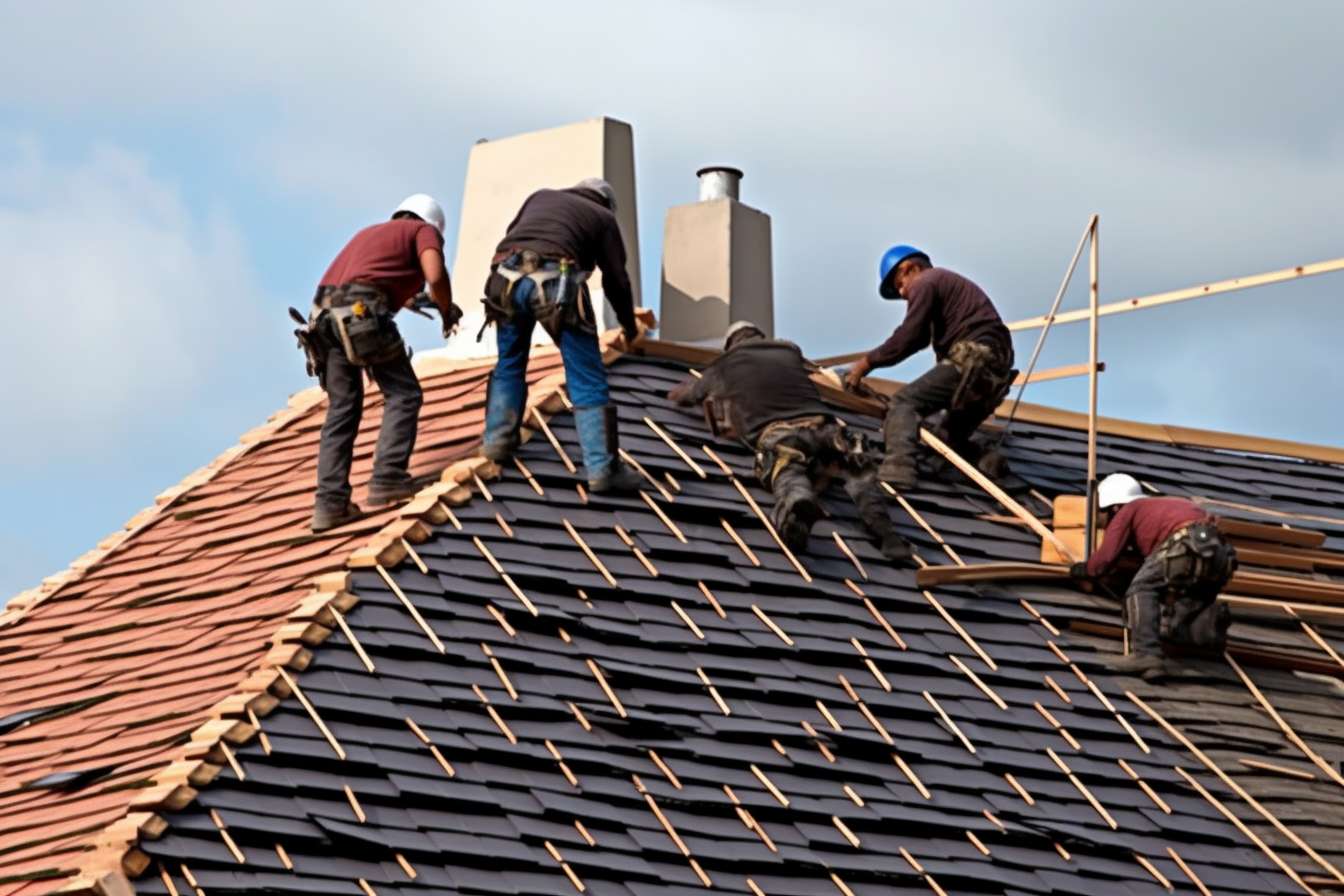Maintenance Checklist to Extend the Lifespan of Radiant Heat Units
This article outlines practical, evidence-based maintenance steps for radiant heat units including regular inspections, energy-efficient adjustments, and safety checks. It highlights how proper controls, insulation, and periodic servicing can preserve performance and reduce operating costs while supporting reliable comfort in residential and commercial settings.

Radiant heating systems require regular attention to maintain performance, extend service life, and preserve energy efficiency. This article provides a clear maintenance checklist for owners and technicians working with radiant panels and units. Topics include functional checks, schedule recommendations, control settings, installation review, retrofit notes, and safety reminders. Follow structured inspections and timely repairs to avoid common failure modes, maintain comfort, and reduce the risk of costly replacements over the system’s lifetime.
What is radiant heating?
Radiant heating delivers warmth through infrared radiation or heated surfaces such as ceiling or floor panels rather than relying solely on convected air. These systems can include electric radiant panels, hydronic tubing, or retrofit infrared units. Routine inspection should focus on panel integrity, wiring, and evenness of surface temperature. Properly maintained radiant equipment provides steady, comfortable warmth with fewer drafts. Understanding the system components and how they interact helps prioritize maintenance tasks and supports safe, long-lasting operation.
How does insulation affect energy efficiency?
Insulation plays a critical role in the energy efficiency of radiant systems by reducing heat loss to unconditioned spaces. Inspect building insulation levels around floors, ceilings, and exterior walls to ensure they match the heating design assumptions. Seal gaps and add insulation where heat escapes near panels or tubing runs. Improved insulation reduces run times and lowers energy consumption, helping the radiant system maintain target temperatures with less demand on controls. Regular checks of insulation and air-sealing are cost-effective steps that preserve system performance.
Which thermostats and controls suit radiant systems?
Thermostats and controls tuned for radiant heating differ from typical forced-air setups because radiant systems have slower thermal response times. Use programmable or smart thermostats capable of learning or scheduling to account for lag and maintain stable comfort. Verify sensor placement to avoid false readings from nearby panels or drafts. Inspect wiring, firmware updates, and control calibration during seasonal checks. Proper integration with zoning strategies and demand response features can improve energy efficiency while avoiding unnecessary cycling that stresses system components.
How should panels and installation be inspected?
During installation and periodic reviews, inspect panels, mounts, and connections for corrosion, loose hardware, or discoloration that indicates overheating. Confirm that panels are installed according to manufacturer spacing and clearance recommendations and that wiring and conduit remain intact. For retrofits, check compatibility of new panels with existing controls and circuit capacity. When in doubt, consult local services or a certified contractor in your area to verify installation quality and to document any modifications for future maintenance reference.
What routine maintenance keeps units running?
A routine maintenance schedule should include visual inspections, tightening electrical connections, cleaning dust from panel surfaces and vents, and testing thermostats and controls. For hydronic radiant systems, flush and check fluid levels and valves; for electric panels, inspect for hot spots and measure resistance across elements. Replace worn gaskets and damaged insulation around tubing. Keep a log of dates, observed issues, and corrective actions to track trends and plan proactive repairs or retrofits before small issues escalate into failures.
What safety and zoning considerations apply?
Safety checks should verify that over-temperature protection and grounding are functional and that clearances meet code requirements. Confirm that zoning controls operate independently to prevent overheating in one area while another underheats. Zoning improves comfort and energy efficiency by matching heating output to occupancy patterns; ensure dampers, valves, or separate thermostats are responsive and leakage-free. Review any combustible materials near panels and ensure smoke and carbon monoxide detectors are in service where combustion appliances are present.
Conclusion
Consistent inspections and preventive maintenance preserve the lifespan and energy efficiency of radiant heat units. Focus on insulation integrity, properly calibrated thermostats and controls, careful installation or retrofit verification, and routine panel and system checks. Keeping detailed maintenance records and addressing minor issues early reduces downtime and supports predictable operation. These practices help systems deliver comfortable, efficient heating over many years without unexpected failures.






